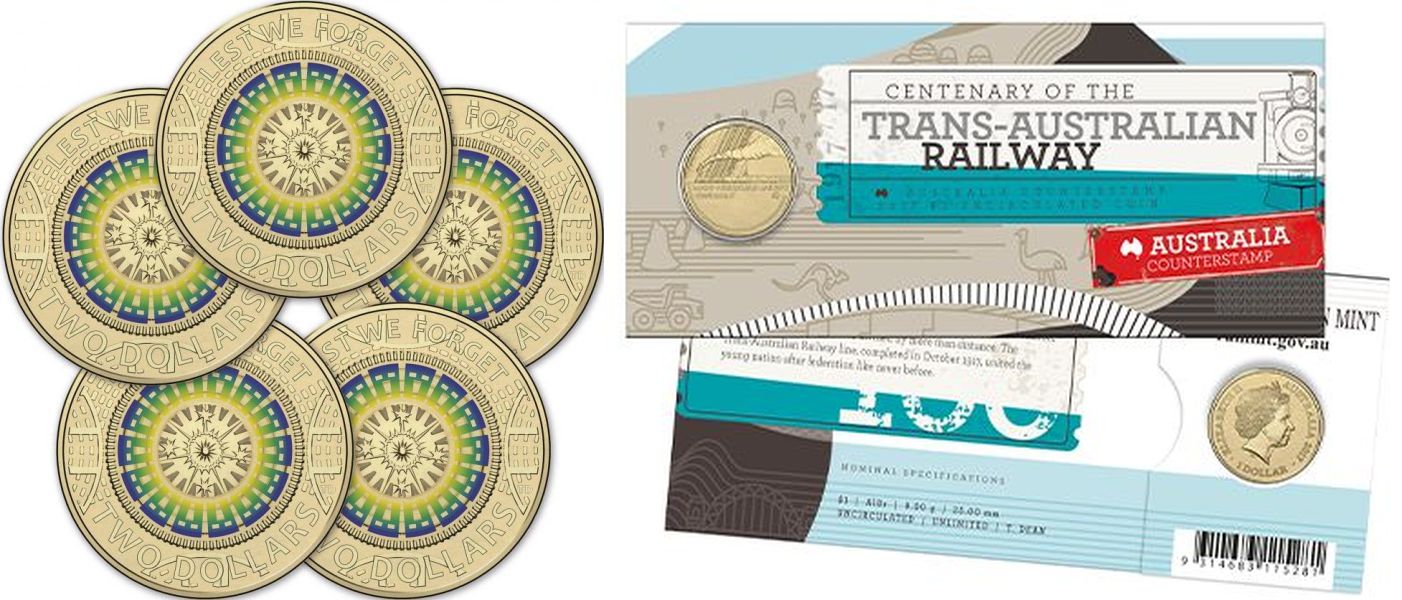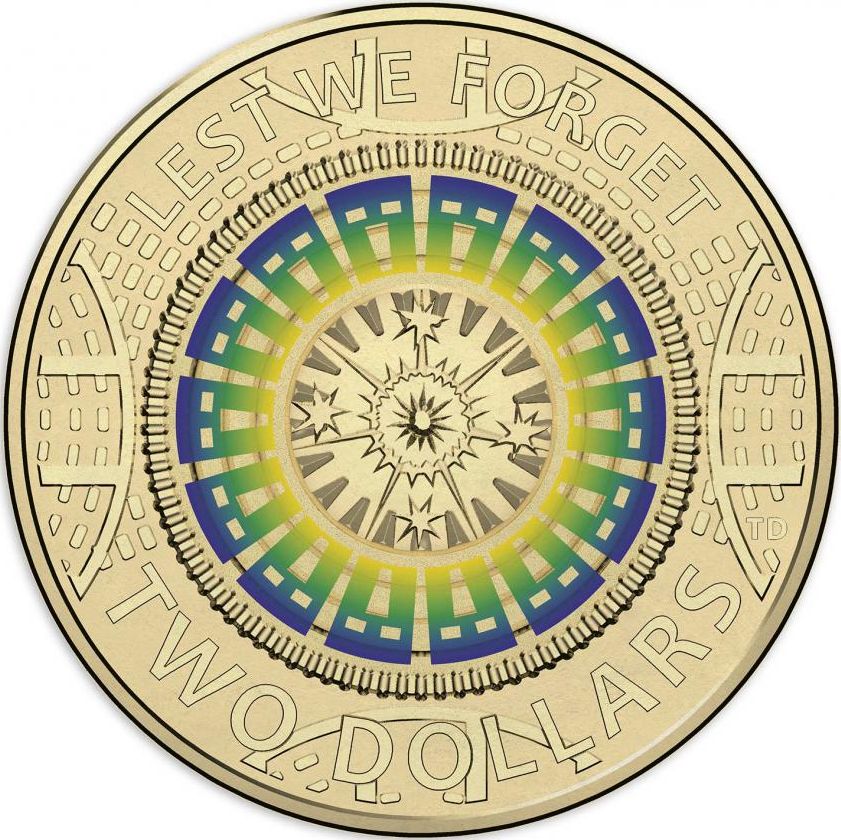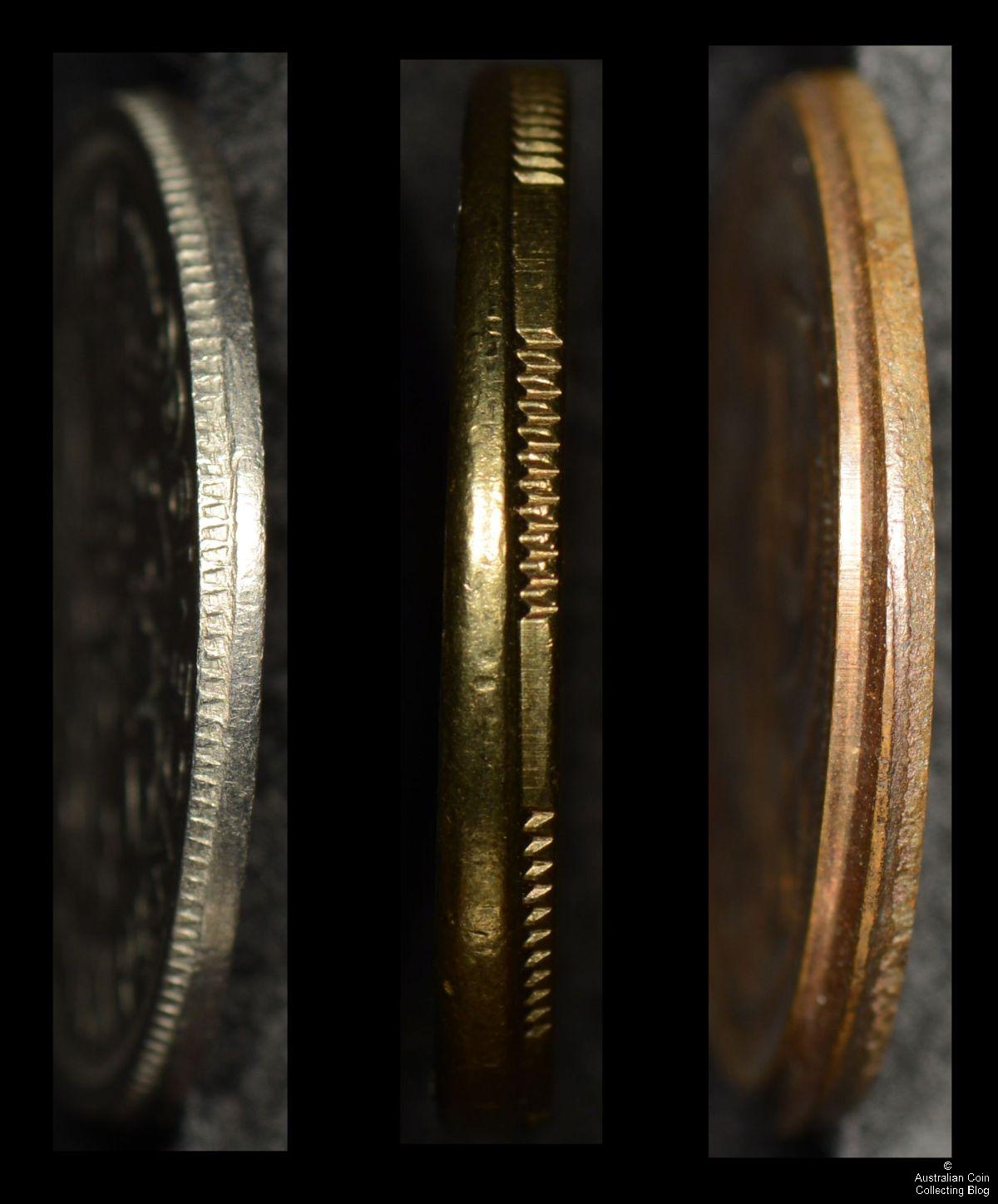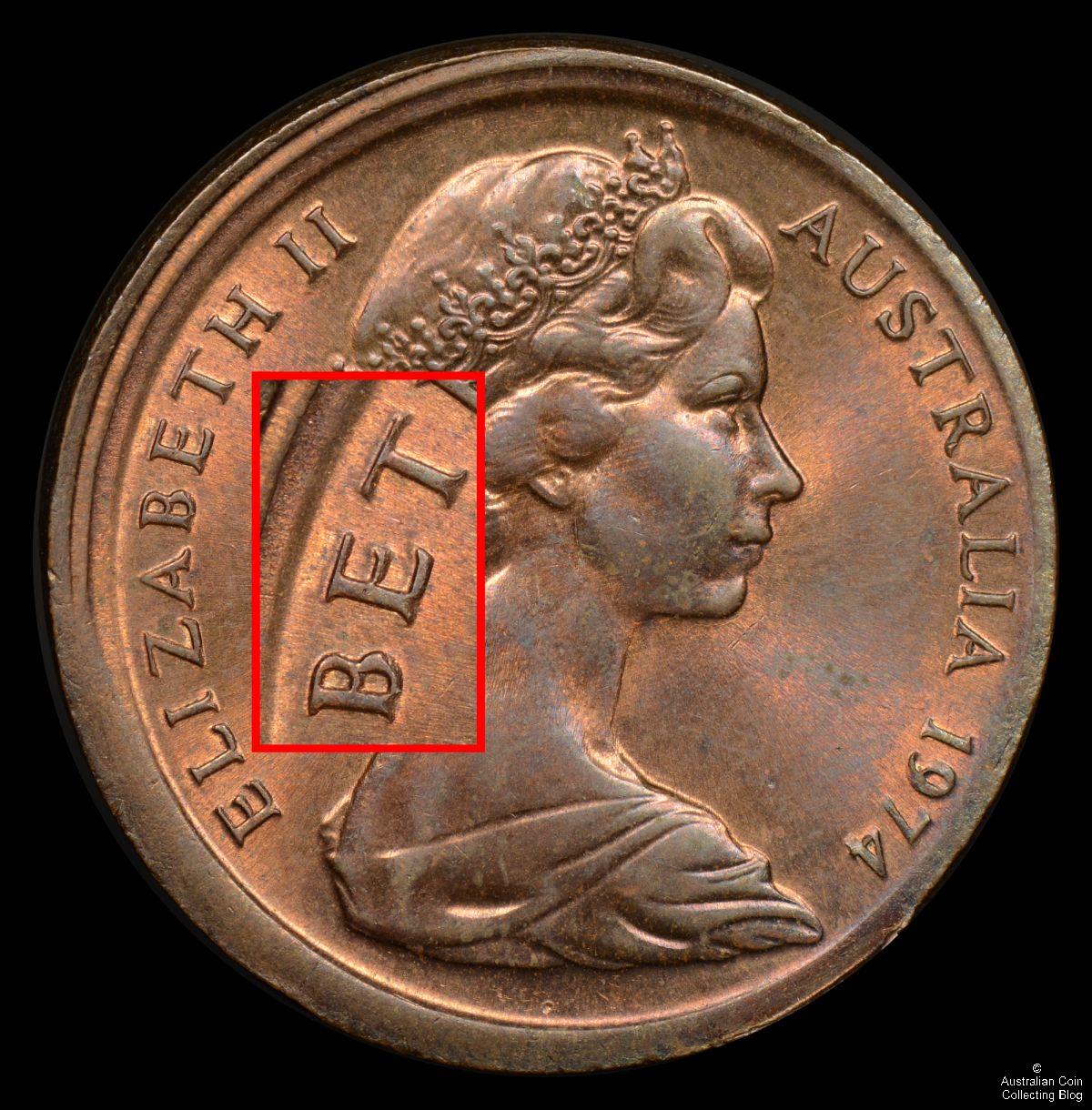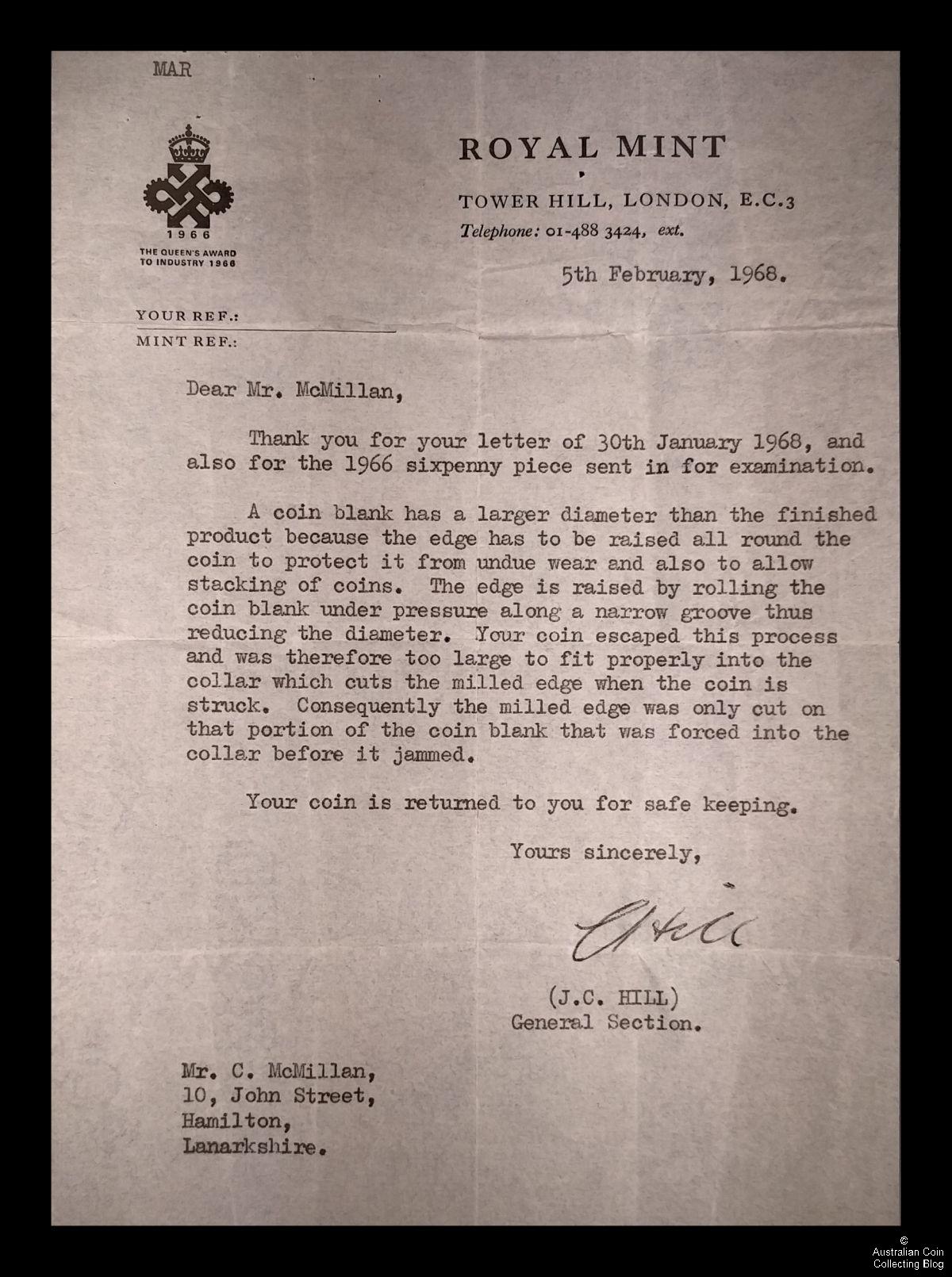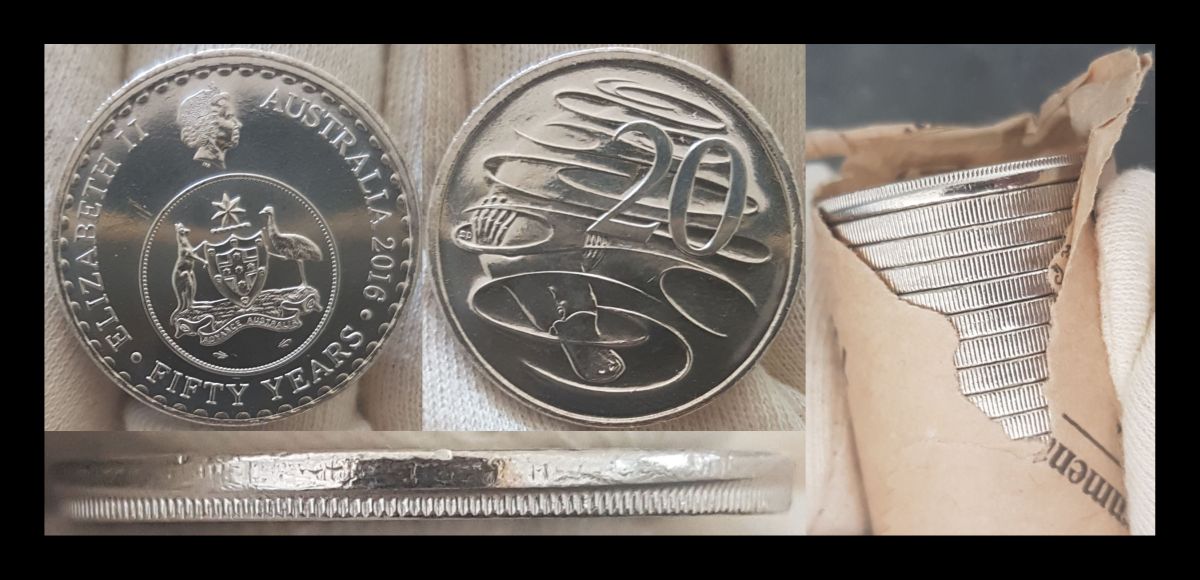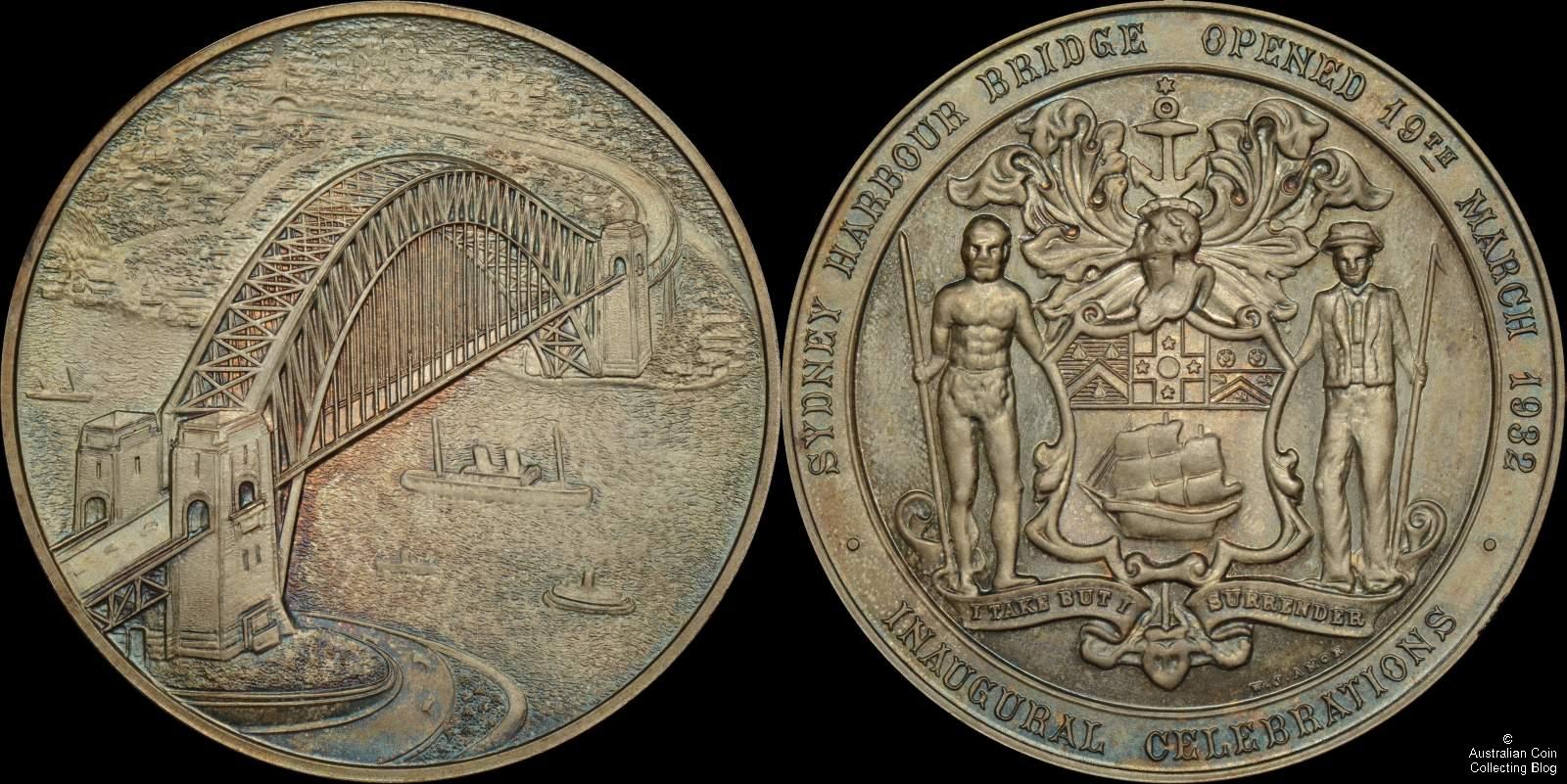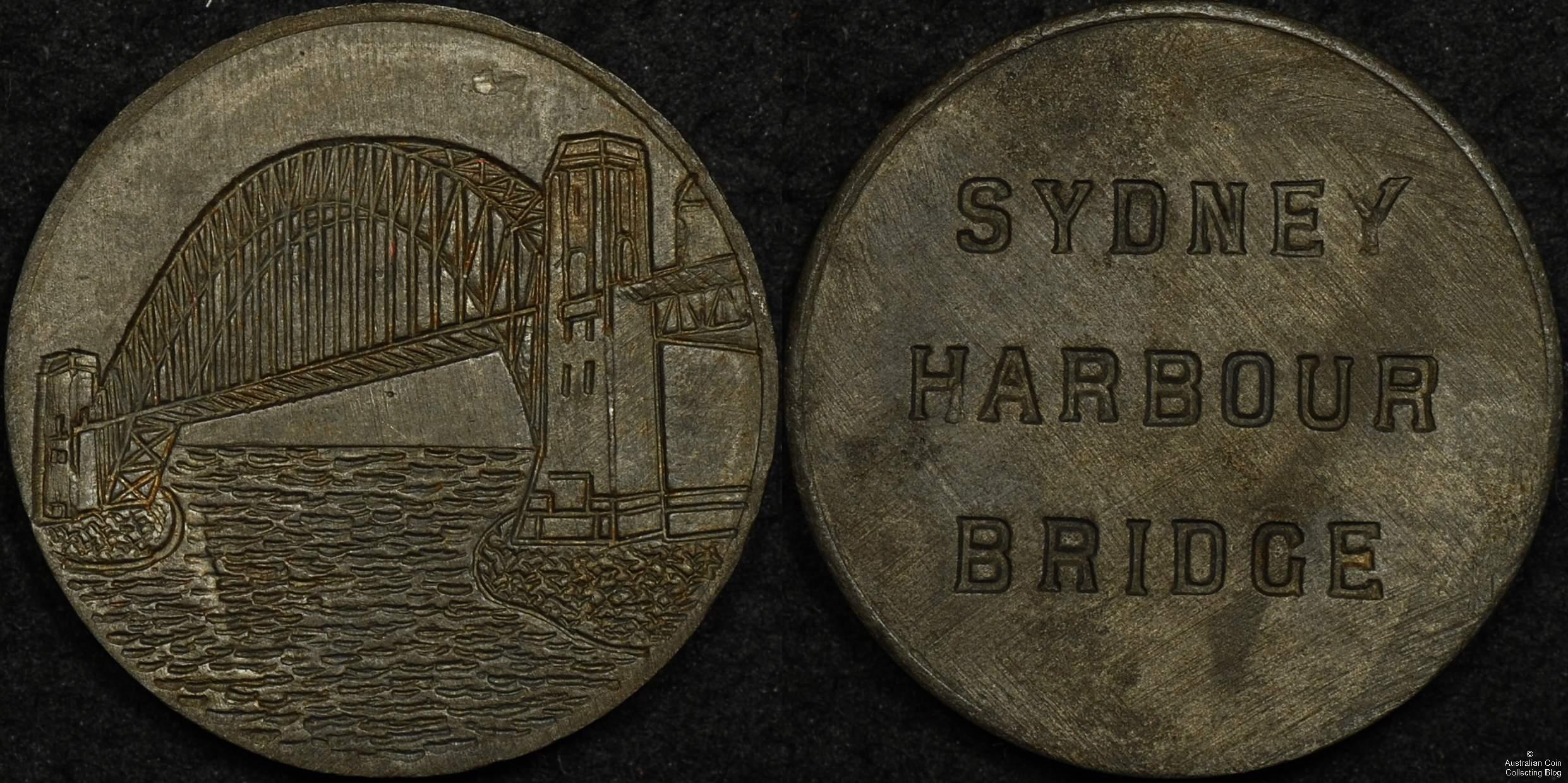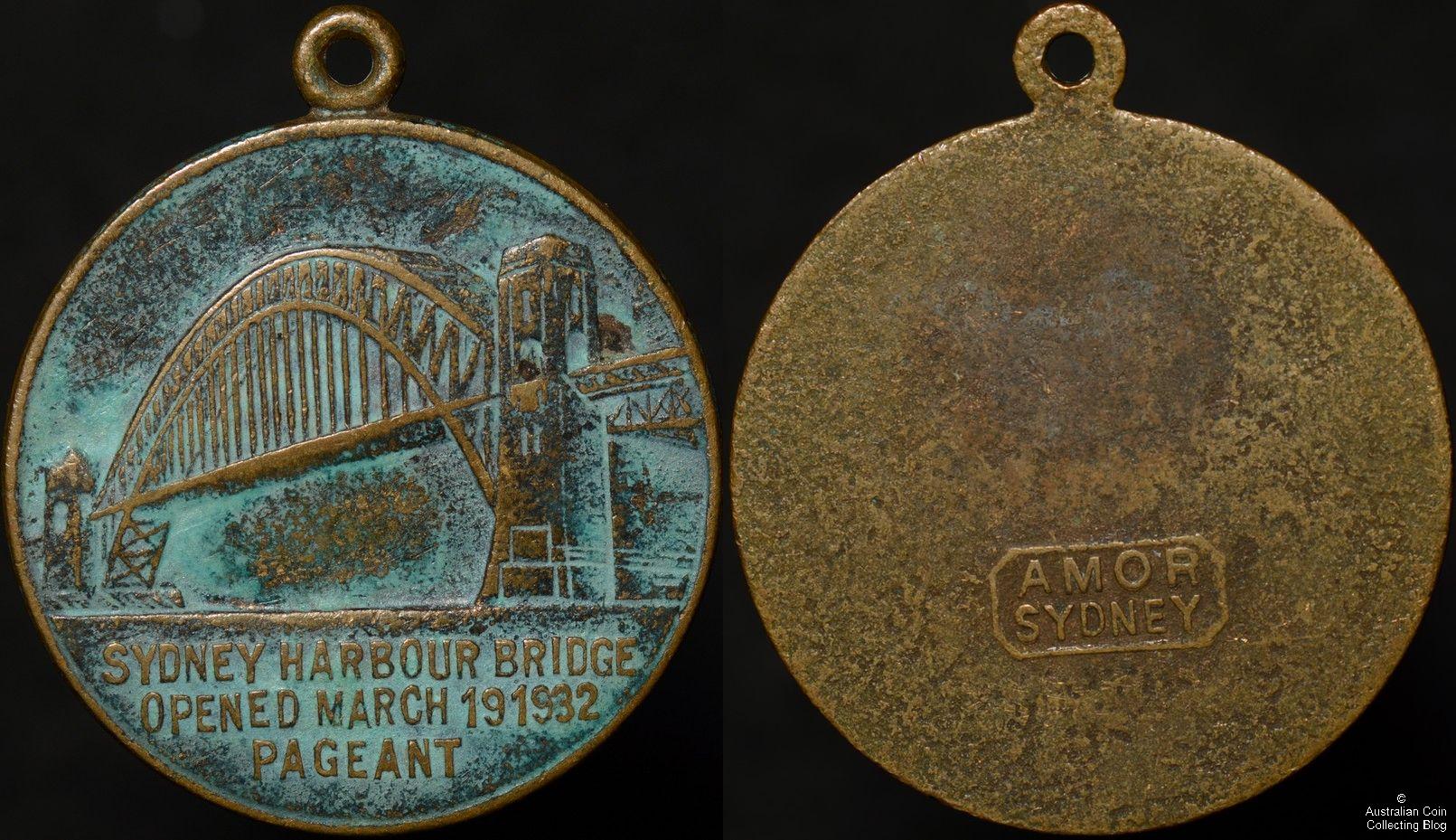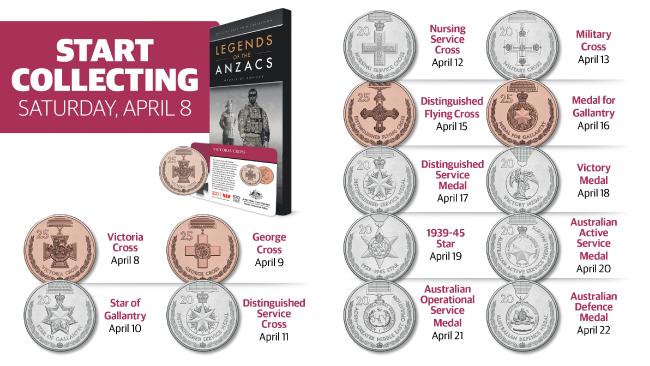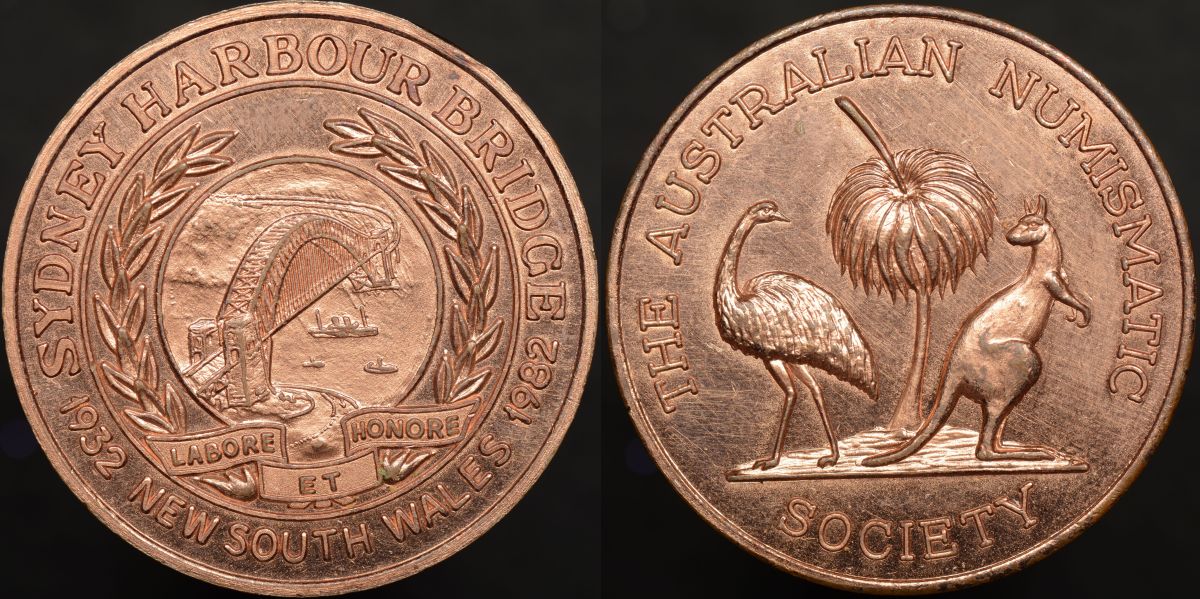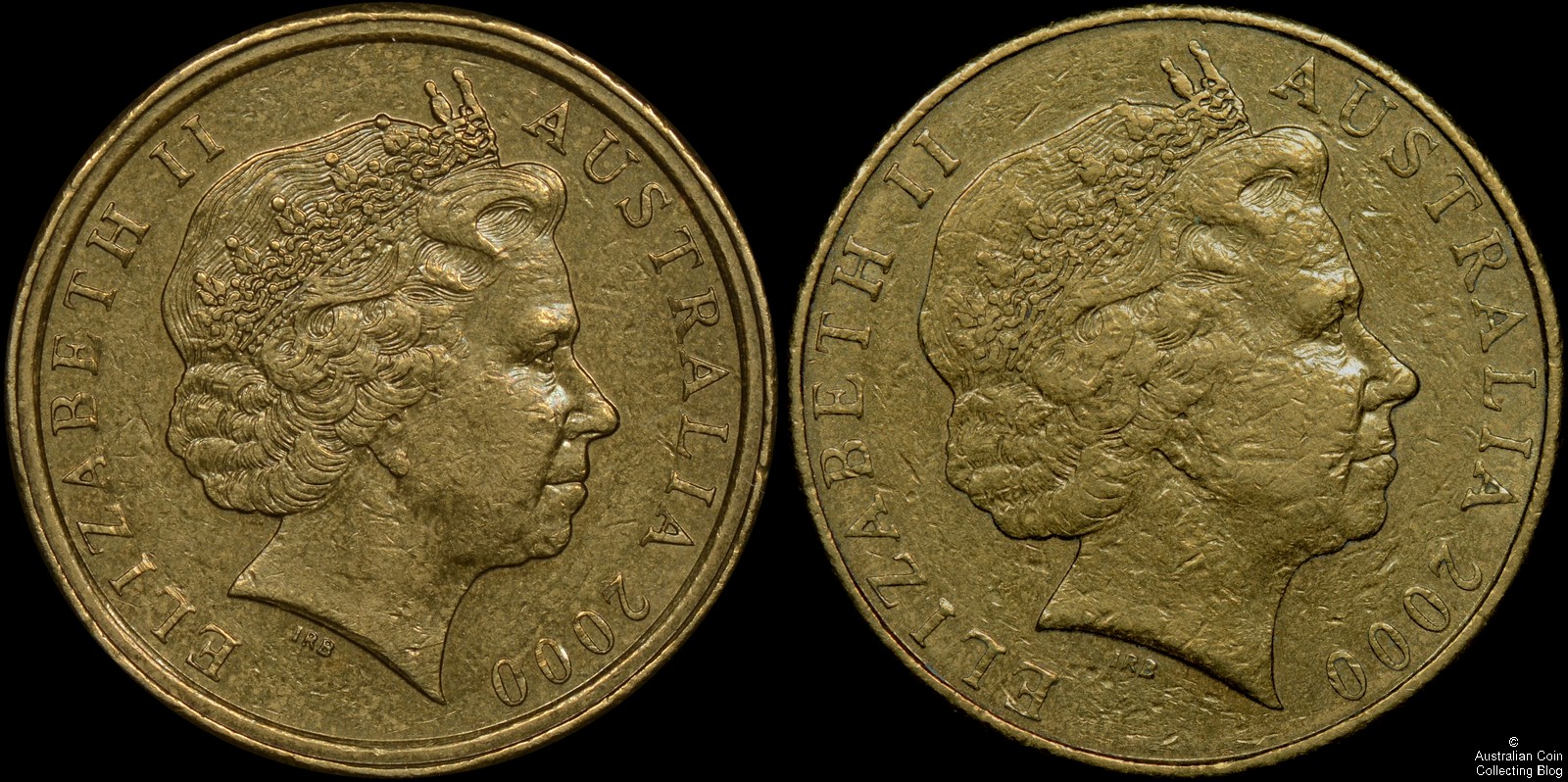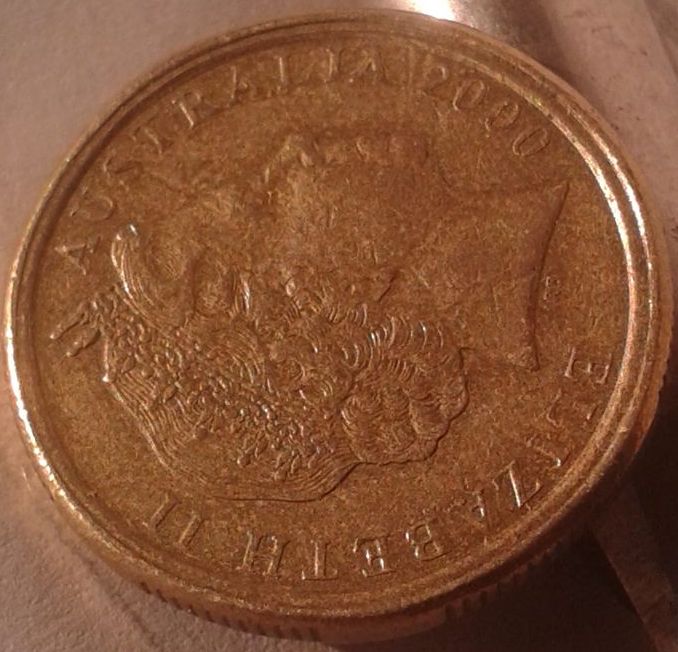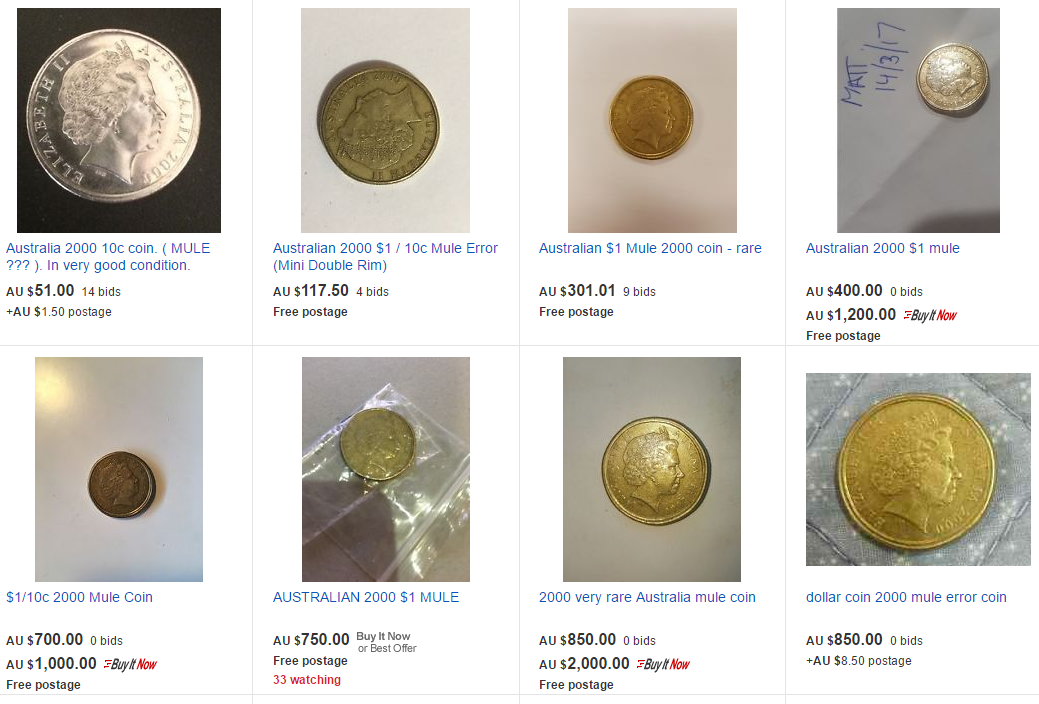Let’s play a game. We’ll call it Spot’a’Mule. The aim of the game is to spot real Year 2000 $1 / 10c mule coins. Winners get to not waste their money on coins worth only their face value. Losers get to waste their money on coins worth only their face value and have the extra added bonus of explaining to their loved ones how they wasted their money without doing the most basic research first.
The game is simple, spot a real mule using these basic rules!
1. Is the coin a dollar? If yes, go to 2. If no, then NOT A MULE.
2. Is the coin a year 2000 dollar? If yes, go to 3. If no, then NOT A MULE.
3. Does the coin show a clear double rim around most or all of the heads side of the coin about 0.5mm wide? If yes, go to 4. If no, then NOT A MULE.
4. You’ve got a MULE!
Pretty easy yes? Let’s play a few rounds. The images below are courtesy of eBay and come from the first dozen or so listings with MULE in the title.
Round 1 – Listed on eBay as 2000 australian 1Dollar coin 10c/ mule, error. Highly collectible
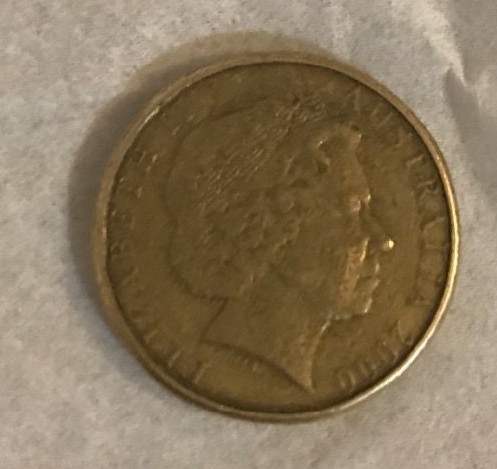
Mule Coin or Not?
1. Is the coin a dollar?
Who knows, the seller didn’t see fit to provide a picture of the reverse (tails side) of the coin. Let’s play along anyway.
2. Is the coin a year 2000 dollar?
Well it’s certainly year 2000.
3. Does the coin show a clear double rim around some or all of the heads side of the coin about 0.5mm wide?
No, it does not. NOT A MULE.
Are you having fun yet?
Round 2 – Listed on eBay as AUSTRALIAN 2000 20c / 10c MULE ERROR – RARE COLLECTION
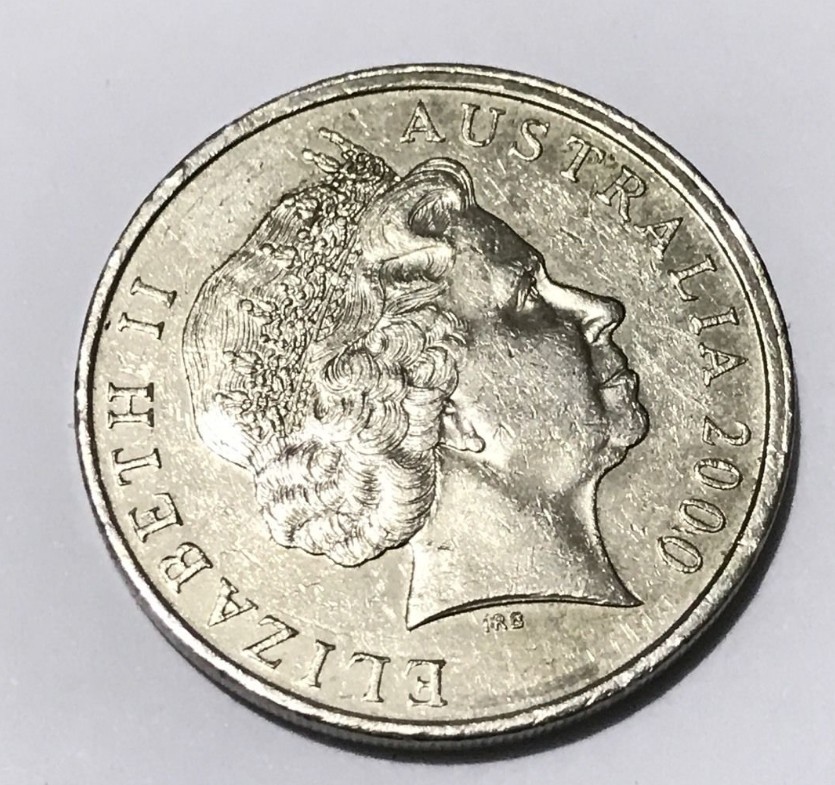
Mule Coin or Not?
1. Is the coin a dollar? No, it’s a 20c. NOT A MULE.
That was quick.
Round 3 – Listed on eBay as ERROR 2000 Off Centre Mule Style $2 2 dollar circulated Queens Head Coin
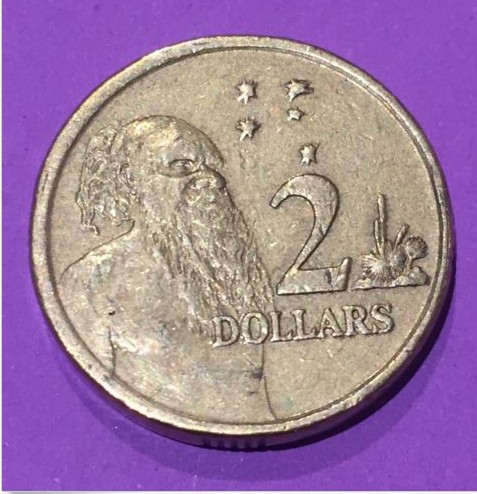
Mule Coin or Not?
1. Is the coin a dollar? Nope. It’s a $2. NOT A MULE.
Putting aside the fact that this isn’t even a dollar, what on earth is a “mule style” $2? It’s either a mule (struck with dies not meant to be used together) or it’s not. That’s like saying your white fluffy dog is a sheep style dog. No, it’s a dog.
Round 4 – Listed on eBay as AUST Mule???? ERROR COIN FULL DOUBLE RIM BOTH SIDES SCARCE
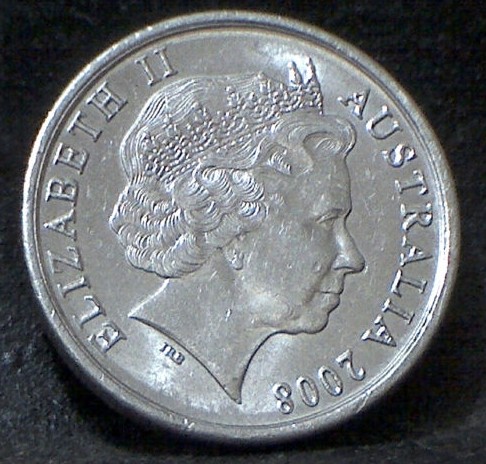
Mule Coin or Not?
1. Is the coin a dollar? No, it’s a 5c. NOT A MULE.
Again putting aside that this isn’t even a dollar the seller is claiming (or at least evasively claiming with the use of many question marks) that it’s a mule because of a double rim. Let’s get something straight. All year 2000 $1/10c mules have double rims. But not all coins with double rims are mules. What’s more other mule errors (like the 1967 Bahamas Mule) don’t necessarily have double rims either.
Round 5 – Listed on eBay as Australia 2000 $1 Mule / 10c Error Coin – Well Centred & One of the Very Best!!!
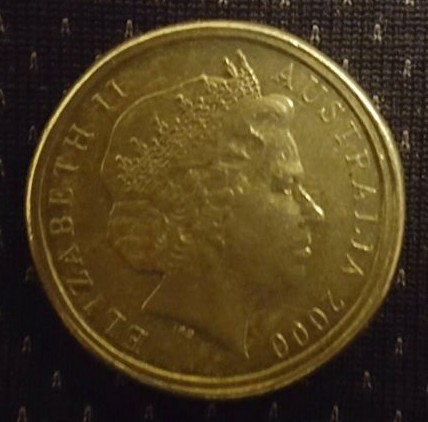
Mule Coin or Not?
1. Is the coin a dollar? Yes, there’s a decent picture of both sides of the coin.
2. Is the coin a year 2000 dollar? Yes!
3. Does the coin show a clear double rim around most or all of the heads side of the coin about 0.5mm wide? Absolutely, it’s clear for about 3/4 of the coin from 12 o’clock to 9 o’clock.
4. You’ve got a MULE!
Hey a real mule! Surely not, but yes it’s a real one. The price it’s listed at is very, very, very (did I say very) high but it’s a real mule. Not one we’d advocate purchasing if you ever wanted to make money on your investment in the next several decades but a mule none the less.
Round 6 – Listed on eBay as one dollar error mule coin
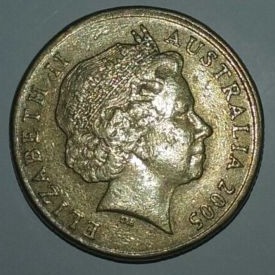
Mule Coin or Not?
1. Is the coin a dollar? Yes!
2. Is the coin a year 2000 dollar? Nope, it’s a 2005. NOT A MULE.
Round 7 – Listed on eBay as *ERROR* 2003 Off center mule $2 coin
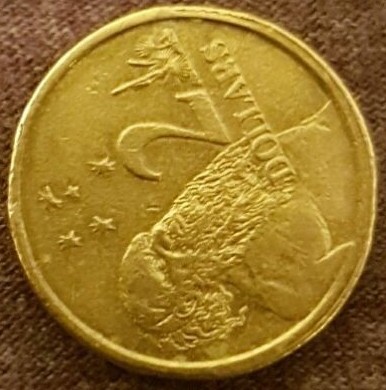
Mule Coin or Not?
1. Is the coin a dollar? Nope. It’s a $2. NOT A MULE.
An off center coin (which this coin isn’t by the way) is not a mule. A mule is a coin struck with obverse, reverse, or collar dies that were never intended to be used together. An off center coin, is a coin that is struck (funnily enough) off center so that some of the design is missing.
Round 8 – Listed on eBay as AUSTRALIA 2000 $1/10 Cent MULE Error excellant way above average circulated coin
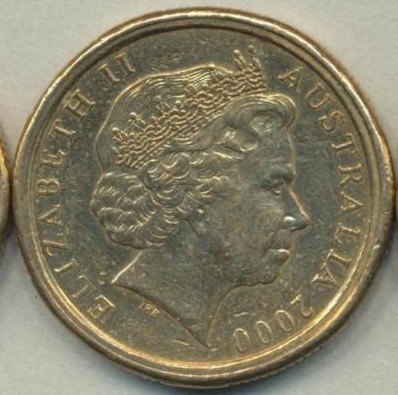
Mule Coin or Not?
1. Is the coin a dollar? Yes, there’s a decent picture of both sides of the coin.
2. Is the coin a year 2000 dollar? Yes!
3. Does the coin show a clear double rim around most or all of the heads side of the coin about 0.5mm wide? Absolutely, it’s clear for about 3/4 of the coin from 12 o’clock to 9 o’clock.
4. You’ve got a MULE!
Hey another real mule! Unfortunately the price is even higher than the last real mule we found in Round 5. So take what I’ve said there and add several very’s to the size of the price and another 10 or 20 decades to the time you’d likely see a return on your investment.
Round 9 – Listed on eBay as AUSTRALIA 2000 $1/10 Cent MULE Error excellant above average circulated coin
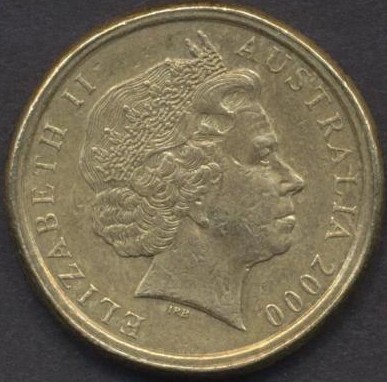
Mule Coin or Not?
1. Is the coin a dollar? Yes, there’s a decent picture of both sides of the coin.
2. Is the coin a year 2000 dollar? Yes!
3. Does the coin show a clear double rim around most or all of the heads side of the coin about 0.5mm wide? Absolutely, it’s clear for about 3/4 of the coin from 12 o’clock to 9 o’clock.
4. You’ve got a MULE!
See the mule in Round 5 for comments regarding the price of this mule.
Round 10 – Listed on eBay as ERROR 2006 Off Centre Mule Style $2 2 dollar circulated Queens Head Coin
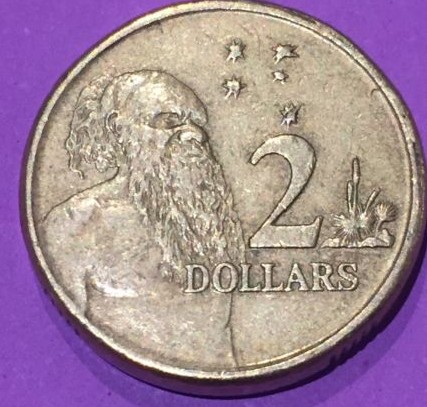
Mule Coin or Not?
1. Is the coin a dollar? Nope. It’s a $2. NOT A MULE.
I love the title of this one, it’s an off-center mule style error. Let me re-iterate. An off-center coin (which again this coin is not) is not a mule. And there’s no such thing as a “mule style” coin.
Round 11 – Listed on eBay as 2000 Australian $1 one dollar MULE error coin RARE!
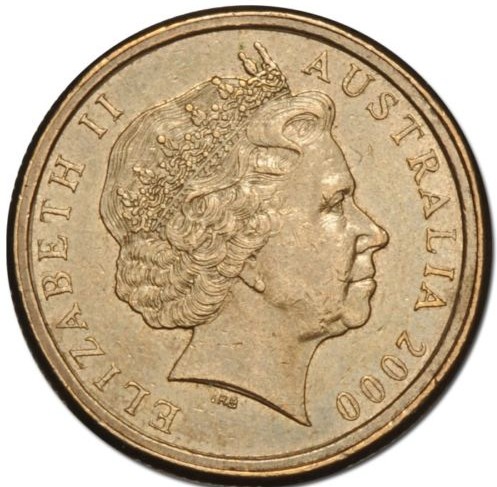
Mule Coin or Not?
1. Is the coin a dollar? Actually I am not sure. There’s no picture of the reverse (tails side) of the coin.
2. Is the coin a year 2000 dollar? Well it’s certainly a year 2000 coin.
3. Does the coin show a clear double rim around most or all of the heads side of the coin about 0.5mm wide? Actually it does.
4. Well you might have a mule.
Look, I’m pretty certain this actually is a mule based on the single picture given. BUT, it’s best to never ever ever (ever) purchase a coin having only seen a picture of one side. This is especially so when the coin in question is worth exactly $1 when it’s not actually a mule. That’s $2999 less than this particular coin is listed for. Are you willing to risk $2,999 just because you can’t be bothered asking the seller for the picture of the other side of a coin? Well I’m not. But if you are, hey I’ve got this bridge, you want to buy it?
Round 12 – Listed on eBay as 2003 $1 dollar coin mule offset strike error
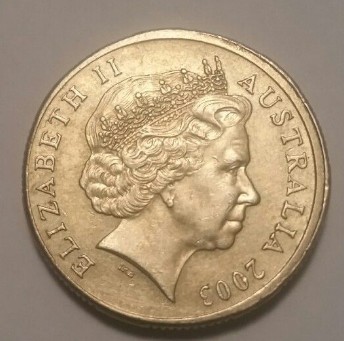
Mule Coin or Not?
1. Is the coin a dollar? Yes!
2. Is the coin a year 2000 dollar? No, it’s a 2003 dollar. NOT A MULE.
Round 13 – Listed on eBay as $1 AUD Coins The Resulting “mule” Error can be double rim..
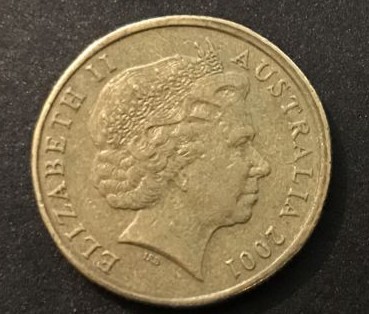
Mule Coin or Not?
1. Is the coin a dollar? Yes!
2. Is the coin a year 2000 dollar? Nope, it’s 2001. NOT A MULE.
The title on this one clearly illustrates that the seller isn’t quite sure what a mule error is. Remember a mule is a coin struck with obverse, reverse, or collar dies that were never intended to be used together. Just because a coin has double rims (like this one sort of has) does not a mule maketh.
GAME OVER
That’s it folks, game over. I hope you had fun with our little game and the four simple rules you need to know to play. It’s not hard to spot a real 2000 $1 / 10c mule and learning the four rules will prevent you from spending money on something you shouldn’t have.
